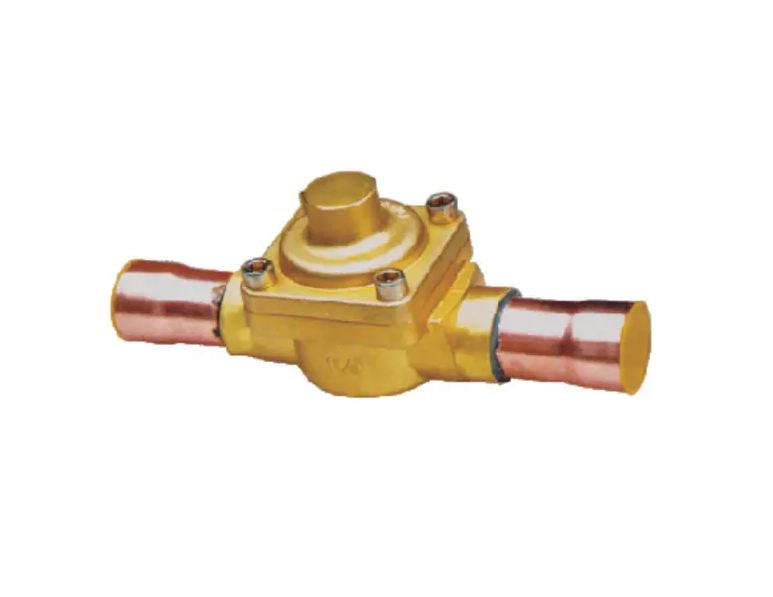Cold storage facilities rely on specialized equipment used in cold storage to maintain stable environmental conditions necessary for preserving perishable goods. Among the critical tools used in these environments, refrigeration units are at the core. These systems regulate internal temperatures, often ranging from just above freezing to well below zero, depending on the product requirements.
Insulated wall panels form another foundational element. These panels prevent heat exchange between the cold chamber and external surroundings. Typically constructed with rigid foam cores, they are sealed to reduce air leaks. This helps in lowering energy use and maintaining consistent internal climates.
Air curtains are frequently installed at entrances and exits. These devices generate a stream of air that acts as a barrier, limiting the loss of cold air during door operation. This feature plays a vital role in minimizing temperature fluctuations that could affect stored goods.
Racking systems made from corrosion-resistant materials are commonly used to organize inventory in cold environments. The design allows airflow around stored items, which helps in uniform cooling. Pallet racking, mobile shelving, and multi-tiered systems are selected based on the size and type of goods stored.
To move materials efficiently within these facilities, cold storage forklifts are essential. These vehicles are designed with features like anti-condensation coatings, sealed electronics, and heating elements to prevent freezing of mechanical parts. Battery-operated models are favored for indoor use due to low emissions.
Monitoring devices such as temperature sensors and data loggers are also integral. These tools provide real-time tracking and historical records, which help with compliance and quality assurance.
All these components work together to maintain the delicate balance required in cold storage operations. Equipment selection is typically based on storage goals, facility layout, and regulatory considerations.
